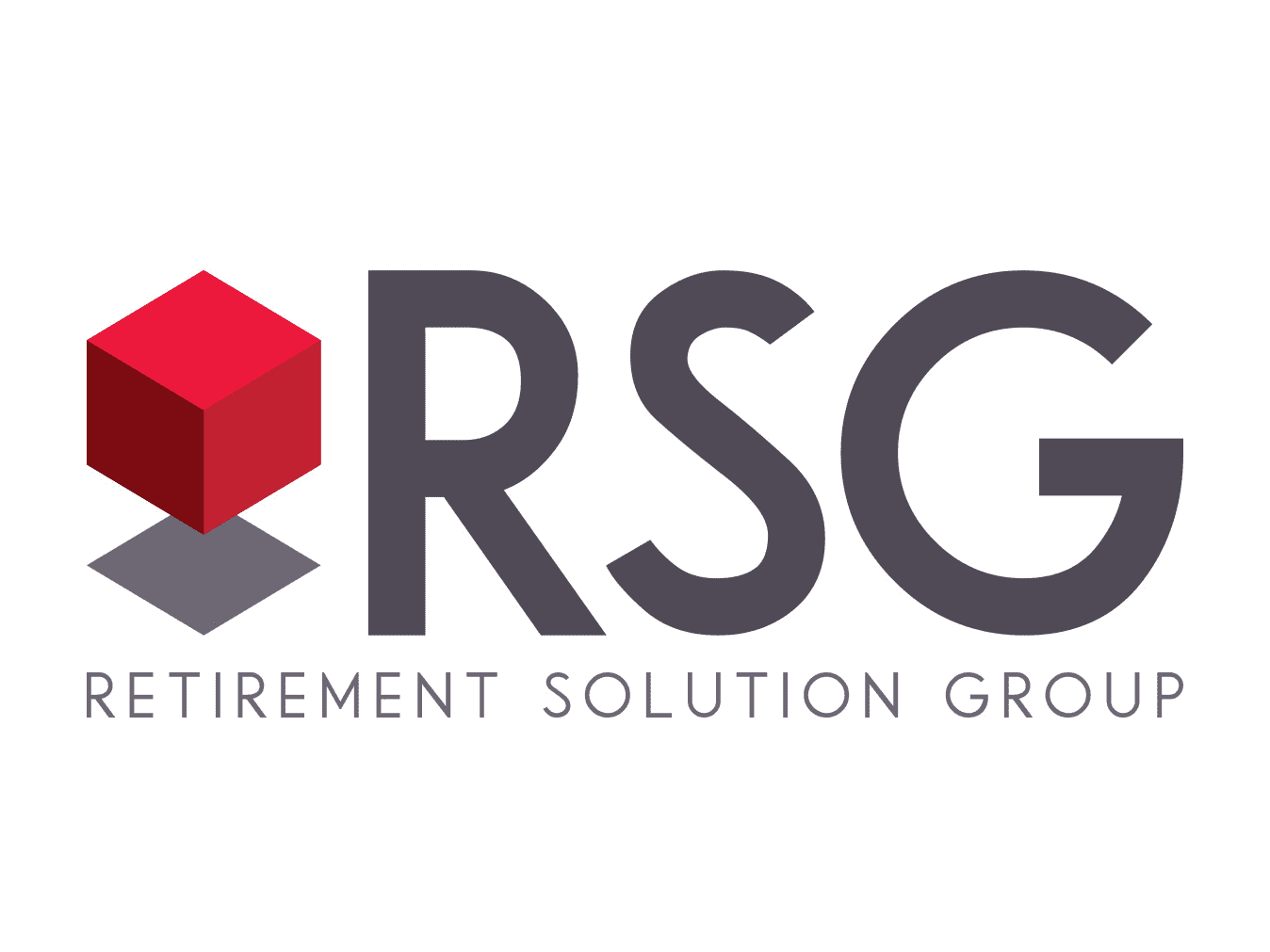The concept of a ROTH 401(k) has been around now for almost 15 years. And while over 75% of plans adopted the ROTH 401(k) provisions, participants have been slow to take advantage of the potential benefits – but that number is growing.
How a ROTH 401(k) Works
In a traditional ‘pre-tax’ 401(k), you do not pay income tax prior to the contribution, your contributions grow tax deferred, and you pay tax when you take a withdrawal. When you contribute to a ROTH 401(k), you contribute ‘after-tax’, your contribution grow tax-free, and you do not have to pay tax when you take a withdrawal.
As Plan consultants, RSG often helps educate participants on the ROTH option and help them understand the potential benefits. Doing so is really simple in theory and comes down to two factors:
1) Will you be in a higher tax bracket now or in retirement?
2) Will tax rates increase, or stay the same in the future?
If you think you’ll be in a higher tax bracket later, then contributing to a ROTH 401(k) makes sense. In this case, you’re paying taxes now at the lower rate and will be withdrawing funds later tax-free. This likely applies to younger participants who are in their early earning years and therefore in a lower tax bracket now. It may also make sense for high earners or small business owners who plan to maintain their income into retirement and are frozen out of ROTH IRA’s due to income limits.
Tax Rates May Influence your IRA Choices
What about tax rates? Will they go up in the future or down? While it’s difficult to predict what will ultimately happen with marginal tax rates, it’s a good bet that rates are going up. Our nation’s debt continues to increase, most recently with the Cares Act and related stimulus. And of course there are a handful of States with budgets in the red and underfunded pensions not fully and accurately accounted for in their balance sheets. If you believe tax rates will rise in the future, you should consider contributing to the ROTH 401(k).
Making a Decision
What if your note sure? The good news is, you do not have to choose one or the other, ROTH 401(k) vs. Traditional 401(k). One common strategy is to contribute to both by splitting up your contributions into each bucket. That way, in retirement, you will have a tax hedge. You can decide, based on your known marginal tax rate at that time, whether to pull funds from your ROTH bucket tax-free or pull them from your traditional/pre-tax bucket and pay your marginal rate.
When considering how much of your contributions to direct toward ROTH, keep in mind that all the company contributions (e.g., matching contributions) are always considered pre-tax. They grow tax-deferred, and you will pay tax on these amounts when you withdraw them at retirement.
If you are curious or considering directing some of your contributions to ROTH, be sure to first contact your plan administrator to make sure these contributions are available in your plan. You may also want to speak with the plan’s financial advisor or your personal financial planner before making a decision.
At RSG, we like to share our knowledge to help you be an informed plan participant. We frequently share retirement plan tips and information on our Facebook, Twitter, and LinkedIn pages. Please follow us there and join in on the conversation.

